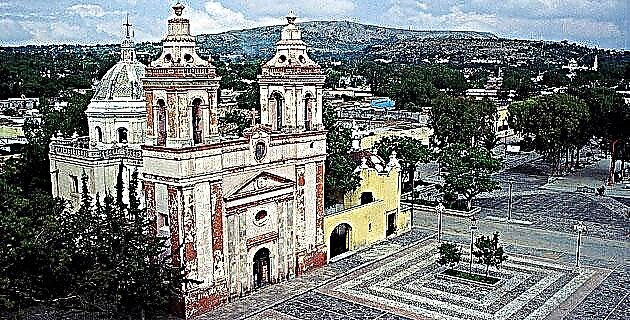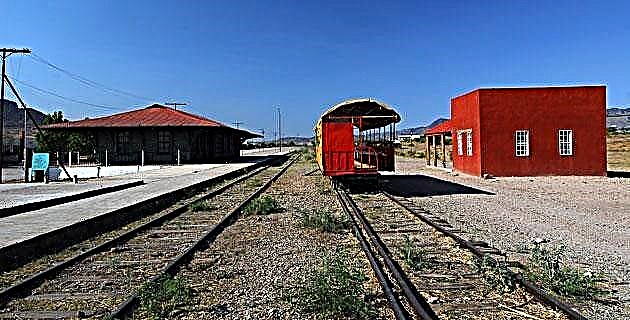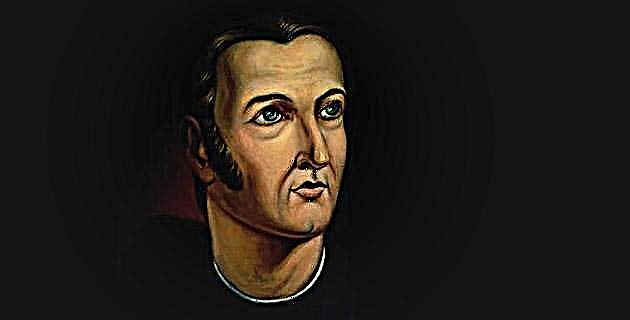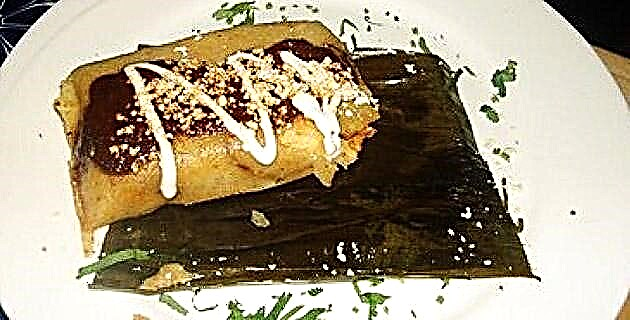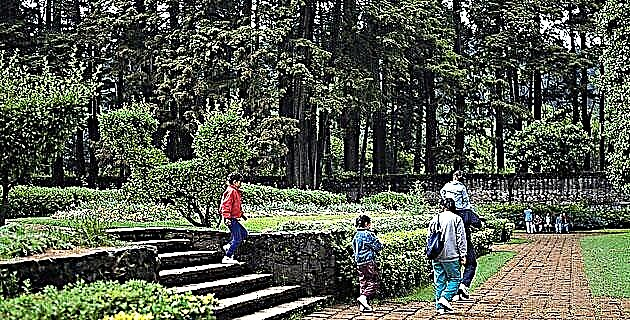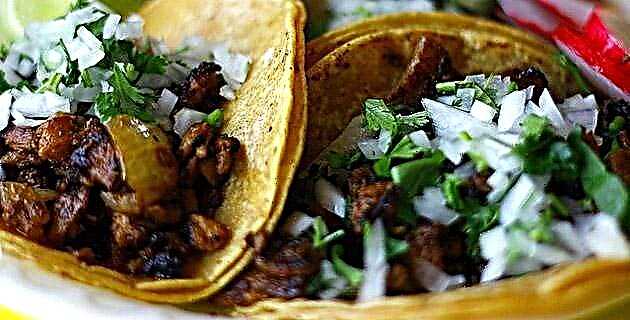
Unique, typical, succulent, hot, with salt, toast, in taco, al pastor, in quesadilla, chilaquil, sope, in soup, by hand, comal, blue, white, yellow, fat, thin, small, large, la Mexican tortilla is the symbol and the oldest tradition of the culinary culture of our country.
Loved by Mexicans regardless of the social class to which it belongs, the tortilla is consumed every day like our bread, alone or in the multiple and rich ways of presenting it; Accompanying the colors and aromas of the cuisine of an exotic Mexico, the tortilla is, with its unmistakable simplicity, the protagonist of the dishes, and together with tequila and chili, the culinary sign that represents Mexicanity.
But when, where and how was the tortilla born? Its origin is so old that its provenance is correctly unknown. However, we know that pre-Hispanic history is related to corn and in some myths and legends we find different references to this.
In the province of Chalco it is said that the gods descended from heaven to a cave, where Piltzintecutli slept with Xochiquétzal; from that union was born Tzentéotl, the god of corn, who got under the earth and gave other seeds in turn; cotton came out of his hair, sweet potato from his fingers, and another kind of corn from his nails. For this reason, said god was the most beloved of all and they called him the "beloved lord."
Another way to get closer to the origin is to analyze its relationship with Tlaxcala, whose name means "place of the corn tortilla."
It is not by chance that the Government Palace of Tlaxcala welcomes us with mural paintings in which its history is represented through corn. Could we deduce that the origin of the tortilla is in this region?
To try to decipher the mystery, we went to look for the teacher Desiderio Hernández Xochitiotzin, a well-loved muralist and chronicler from Tlaxcala.
Master Xochitiotzin was in front of his murals, giving a talk. Dressed in the manner of Diego Rivera, short, with brown skin and with his ancient indigenous features, he reminded us of a piece of history that insists on surviving.
"The origin of the tortilla is very old - the teacher tells us - and it is impossible to say in what place it was invented, since the tortilla is also found in the Valley of Mexico, Toluca and Michoacán."
What do the linguistic roots of Tlaxcala mean to us then?
“Tlaxcala was called that way because it is located in a very special place: on the eastern side is the Malitzin or Malinche mountains. The sun rises there and sets in the west, on the hill of Tláloc. And just as the sun travels, so does the rain. The area is characterized by a very good planting; hence the name Tierra de Maíz. Archaeologists have found it ten or eleven thousand years old, but it is not the only place, there are several ”.
The symbolism expressed in the murals of the master Desiderio, painted on the arches at the entrance to the Palace - a 16th century house, where Hernán Cortés lived -, speaks to us of the strong significance of corn in the pre-Hispanic world. The teacher synthesizes it like this: “Corn is the sun because life comes from it. Legend has it that Quetzalcóatl went down to Mictlán, the place of the dead, and there he took some bones of a man and a woman and went to see the goddess Coatlicue. The goddess ground corn and also ground bones, and from that paste Quetzalcoatl created men. That is why their main food is corn ”.
The murals of the master Xochitiotzin narrate with skillful imagination the history of Tlaxcala through corn and maguey, the two fundamental plants for the cultural development of these peoples: the ancient Teochichimecas Texcaltecas, lords of the Texcales, when they became great corn growers They gave their homeland the name of Tlaxcallan, that is, land of the Tlaxcallis or land of corn.
Our search for the origins of the tortilla does not end here, and at nightfall we head to Ixtenco, an Otomí town in Tlaxcala that appears before our eyes like a ghost, with its long and deserted streets.
Mrs. Josefa Gabi de Melchor, known throughout Tlaxcala for her fine embroidery, awaits us at her house. At eighty years old, Doña Gabi grinds her corn with force on the metate, the comal is already lit and the smoke darkens the room even more, it is very cold and the smell of burning wood welcomes us with its warmth. “I had eleven children - He tells us without even asking anything. I would grind them and make their tortilla chips. Later the mill started, and one of my brothers-in-law had one. One day he says to me: "What are you doing there, woman, you're going to finish your metate" ". In a traditional way, in the house of Doña Gabi and Don Guadalupe Melchor, her husband, corn is planted; It is stored in the cuexcomate and allowed to dry, and then shelled. When asked if the tortilla was invented in Tlaxcala, the lady answers: “No, it started here, because Ixtenco was founded before Tlaxcala. People say anything, but the legend of the town is that. The bad thing is that nobody wants to grind anymore, they are used to buying. Do you want more salt in your tortilla? ”. While he talks to us, we eat some tortillas just off the comal. We observed Dona Gabi working with that characteristic rhythm, and apparently tireless, of grinding on the metate. "Look, that's how it grinds." Pure energy, I think. And is it very tiring to make tortillas? "For those who already know how to grind, no."
The night passes quietly, knowing between long silences a forgotten part of Mexico, a rural reality that is still alive thanks to the oral memory of the peoples and their traditions. The memory of the smells of smoke and nixtamal remains with us, the strong hands on the metate and the indigenous figure of the Otomí. In the morning, the cornfields shine under the blue sky of Tlaxcala, which together with the La Malintzin volcano, dismisses us from the eternal land of the corn sun.
Source: Unknown Mexico No. 298 / December 2001

